5 Terrific Tips for Picture Book Library Lessons
As school librarians, we know how important picture book library lessons are for our students. We know that reading picture books together has many benefits, helping students to grow in:
- Language and cognitive development
- Literacy skills
- Imagination and creativity
- Bonding and connection; and
- Love for reading.
Reading picture books with your students is an absolute necessity, but how can you turn great books into great picture book library lessons?
Choose quality books that will engage your students
First of all, you must choose quality, engaging picture books. How do you do that? I recommend that you refer to state award lists for picture books as a starting point. Books on those lists have typically been vetted by a committee of librarians who work regularly with children. In my home state of Texas, we have the 2 by 2 reading list, developed for children 2 years old through 2nd grade. If you’re looking for a state award list, or don’t know if your state has one, check out this page from author Cynthia Leitich Smith, with all of the state award lists linked.
After you’ve identified quality picture books, I recommend that you read the reviews on Titlewave for each title and, if possible, check out a copy of the book from your local public library. Think about the title in light of what you know about your students. Is there too much text on the page? Is it a topic that they already love or will be excited to learn about? Does the book have a connection to their lives or to a previous title you’ve read together? Is there a repeating refrain or a call and response that will encourage student participation?
Plan ahead for standards-based discussions
You should be familiar with your state standards so that you can plan ahead for discussions in your picture book library lessons. For example, our Texas standards for English, Language Arts and Reading in kindergarten, first grade, and second grade include teaching the concept of setting. So I often ask students, after we read a picture book, “what was the setting of the story? When and where did this story happen?” I want students to become familiar with the term “setting” because it has become a routine part of our book conversations.
I like to jot the questions on sticky notes and add them to the back of the book (for questions after we read the book) or to specific pages of the book, so that I don’t forget what I planned to ask. That helps me stay on track, even when interruptions happen in the midst of our read-aloud and tend to make me lose focus.
Incorporate STEAM challenges in your picture book library lessons
We know that it’s important to include science and engineering challenges for our elementary school students, to help them learn to collaborate and to overcome obstacles. When your STEAM challenge is related to the picture book you’ve just read, it can help students to amp up their curiosity and excitement, both for reading and for creating! The picture book can provide context and meaning to the task, helping students to be more invested in the outcome.
Provide engaging work to help check-out run smoothly
If you are a teacher-librarian without a library assistant, book check-out time can be tough. For my kindergarten, first, and second grade students, I’ve found that it works well for everyone to be working either on an activity or at a library center, while one table at a time takes 5-10 minutes to choose their library books. It’s difficult to check out books while you are also answering questions about what to do next. Keeping students busy with a printable activity related to the picture book lesson can be the perfect solution.
Enrich the lesson with extension activities
Why add extension activities to your picture book library lessons? They provide background knowledge and vocabulary that your students may lack. In order to fully comprehend the picture book, your students may need to learn more about the setting or the topic of the book. Extension activities also make great links to add to your school library website, for families who want to continue discussions at home of what their students learned about in school. Extension activities can reach students of different learning abilities and interests. They may provide a movement break for students who’ve been sitting still for a long time and won’t be able to learn without moving.
FREE picture book library lesson
Want an example? I created a picture book library lesson for Hot Dog, by Doug Salati, winner of the 2023 Caldecott Medal, and you can grab it for free here. I’ve included discussion questions, a STEAM challenge, a printable activity page, and extension activities.
If you’d like a bundle of engaging, standards-based K-2 library lessons for award-winning picture books, check out this product in my TPT store!
I hope this blog post has helped you learn more about how you can make your picture book library lessons engaging AND educational. If you have questions, ask them in a comment below or in our Learning Librarians Facebook groupl
Save this post for later
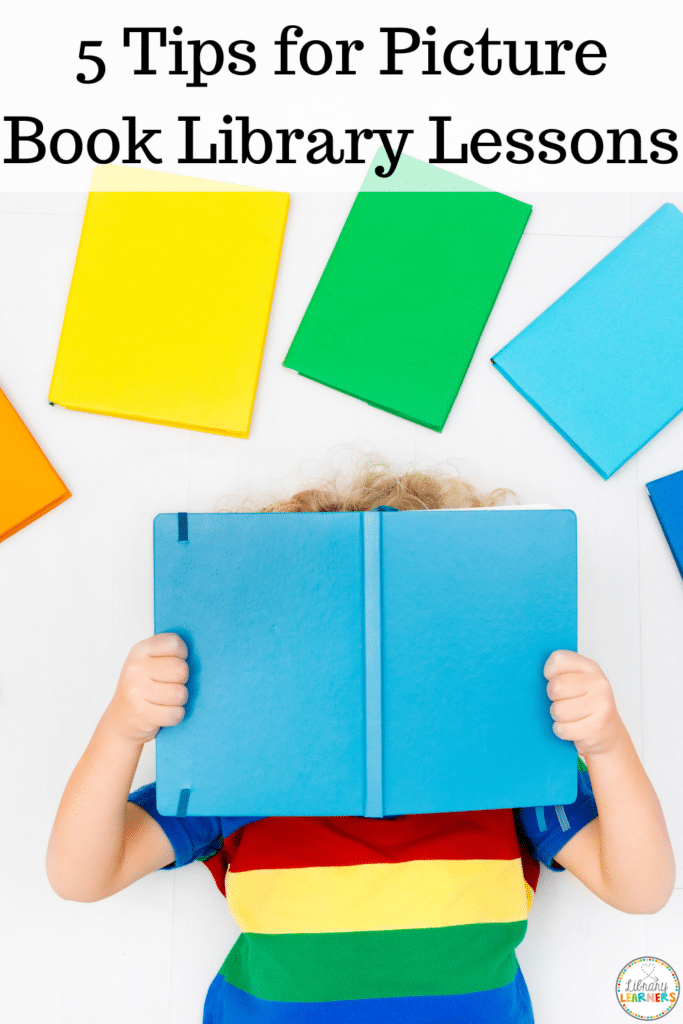
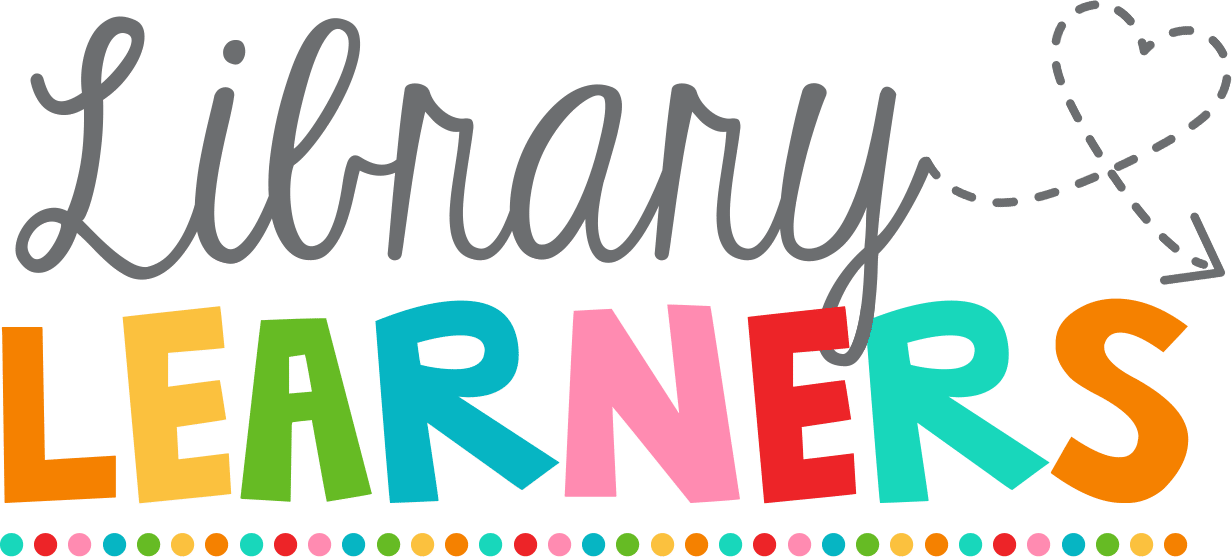
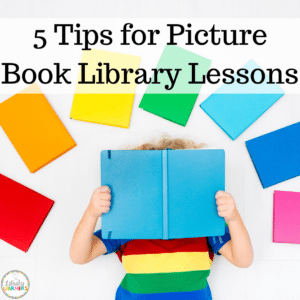
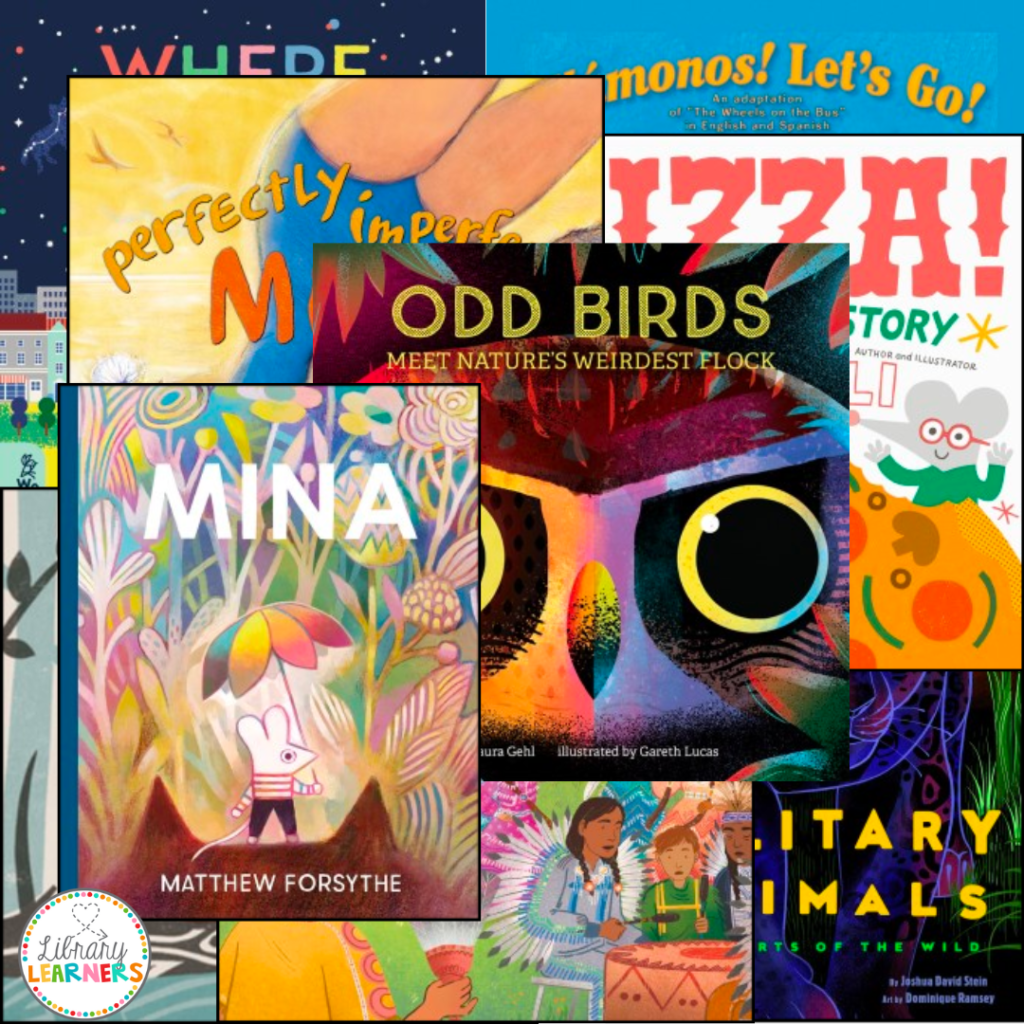
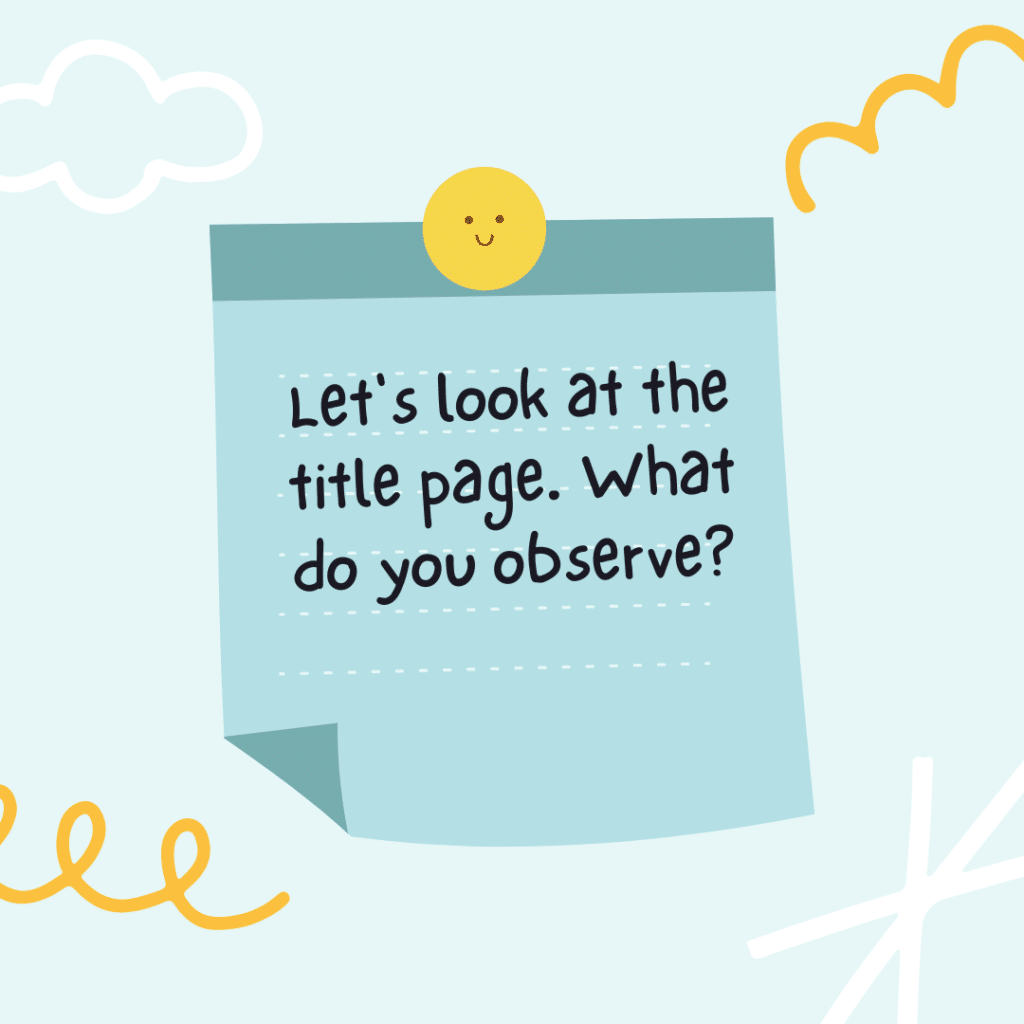
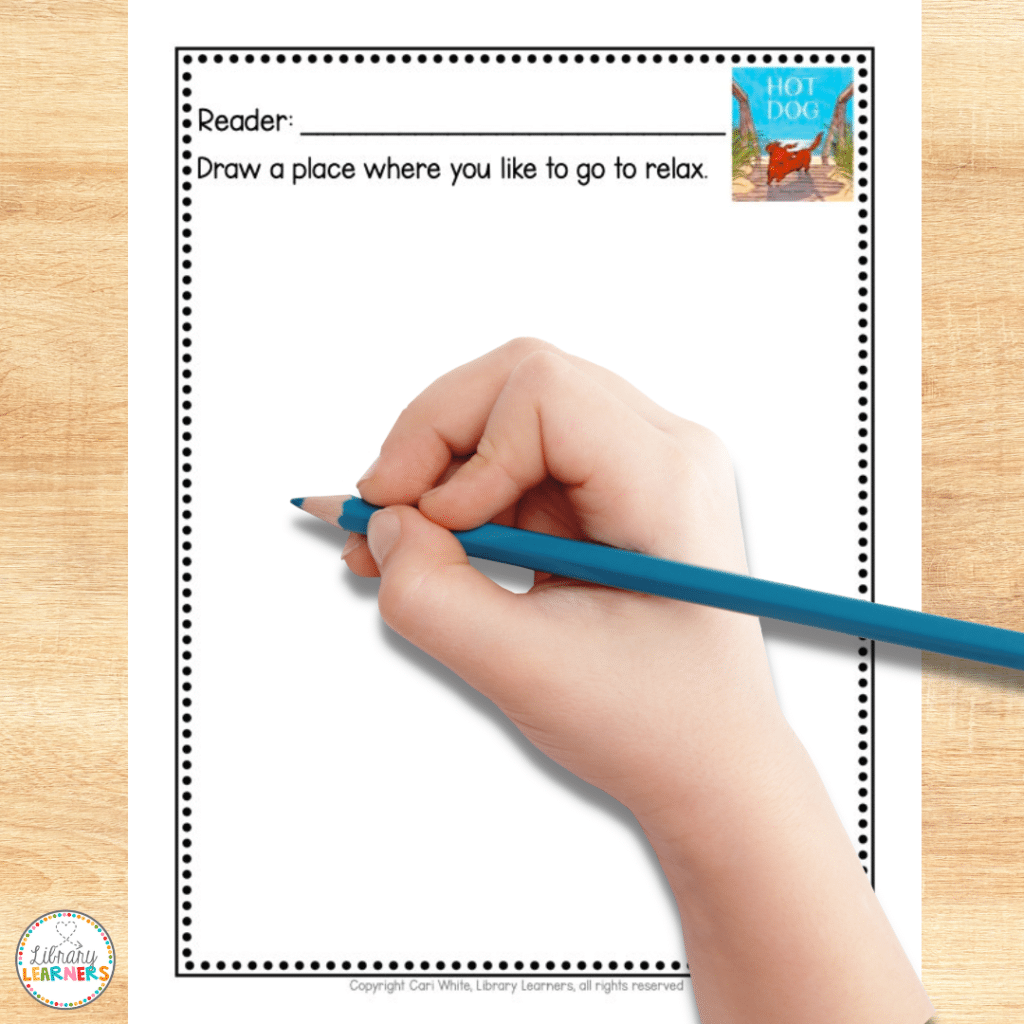


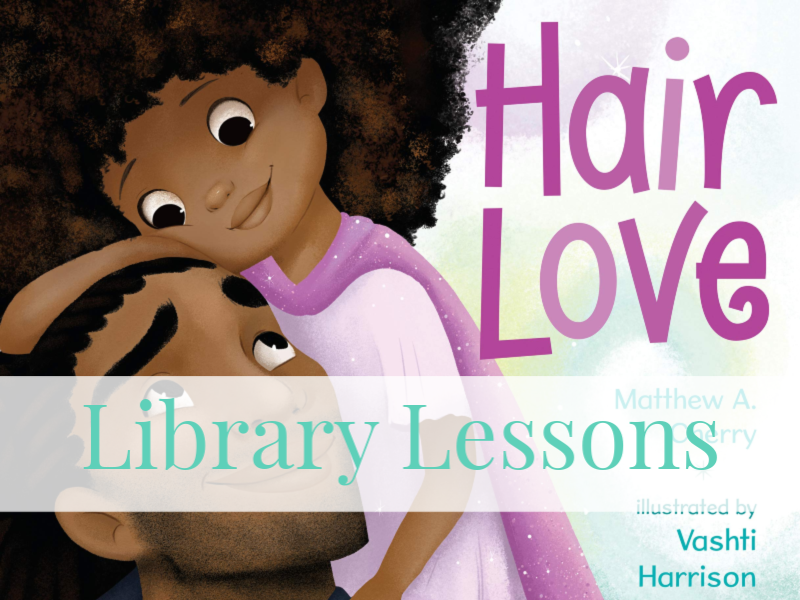
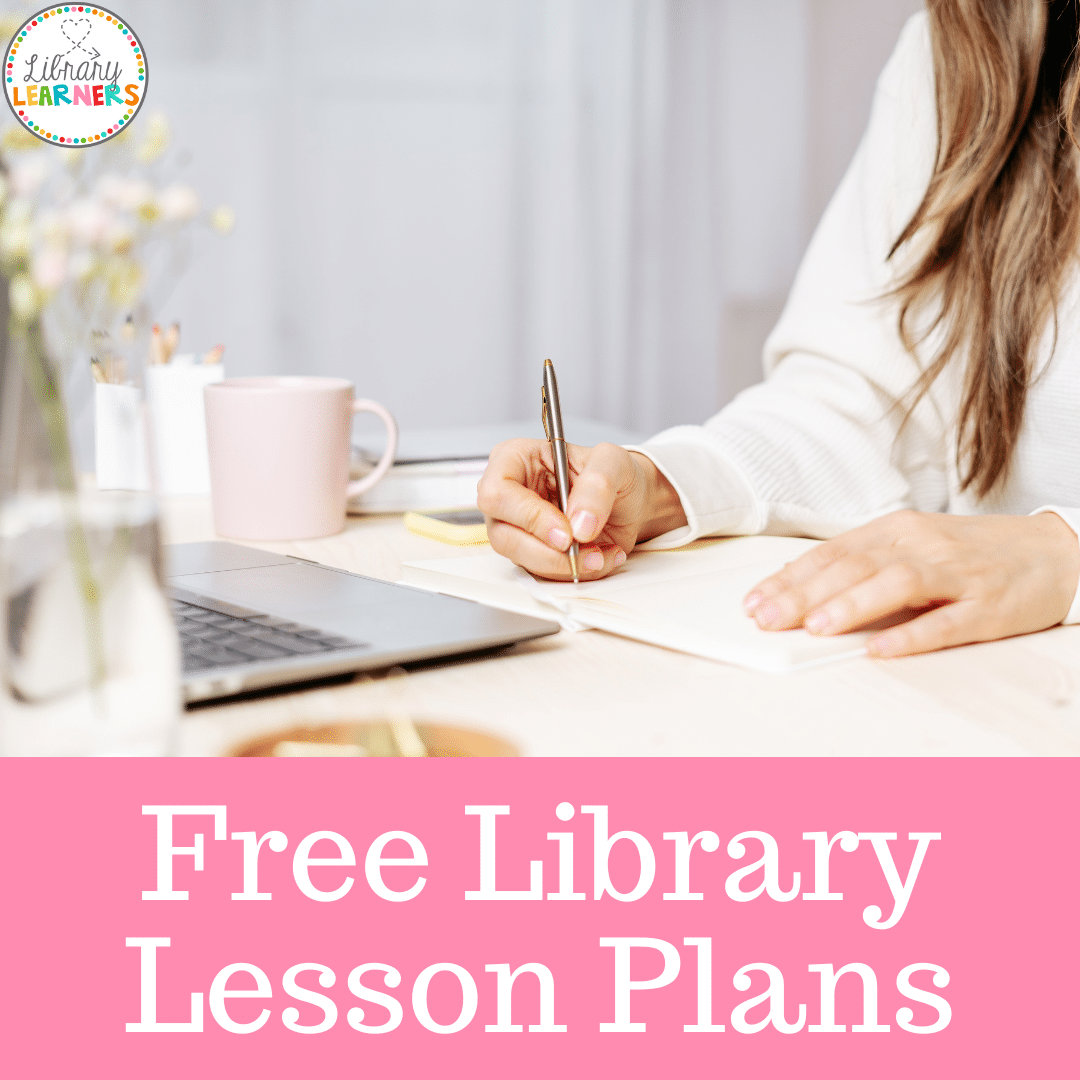
Link for free lesson on HOT DOG does not work. Looks intriguing and I had hoped to access it.
Thanks for your comment! I’ve changed the link from Google Drive to Dropbox, and it seems to be working now.
Please let me know if it works for you!
Cari
Hi, MrsHof!
I’ve fixed that link, and it should work now.
I apologize for the technical difficulties!
Cari
Hi fellow librarian. I am trying to get the link for Hot Dog to work!
Thanks,
Annette
[email protected]
Hi, Annette!
I’ve fixed the link, and it should work now.
So sorry for the technical difficulties!
Cari
I am also not able to get the link to work.
Jessica, I believe I’ve got this link fixed. It should work now!
So sorry for the technical difficulties!
Cari